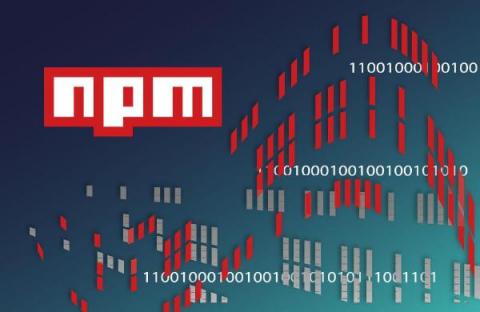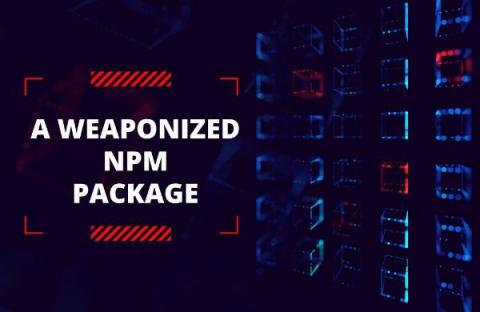Six Steps to Achieve Zero Trust in Application Security
The continuing escalation in cyberattacks on large corporations, coupled with an acceleration of digital transformation, has forced organizations to reassess their security strategies and infrastructure. This escalation has driven growth in the adoption of zero-trust application security and compliance. The zero-trust approach means that no devices or software should be trusted by default, even if they have permissions and previous verification.











